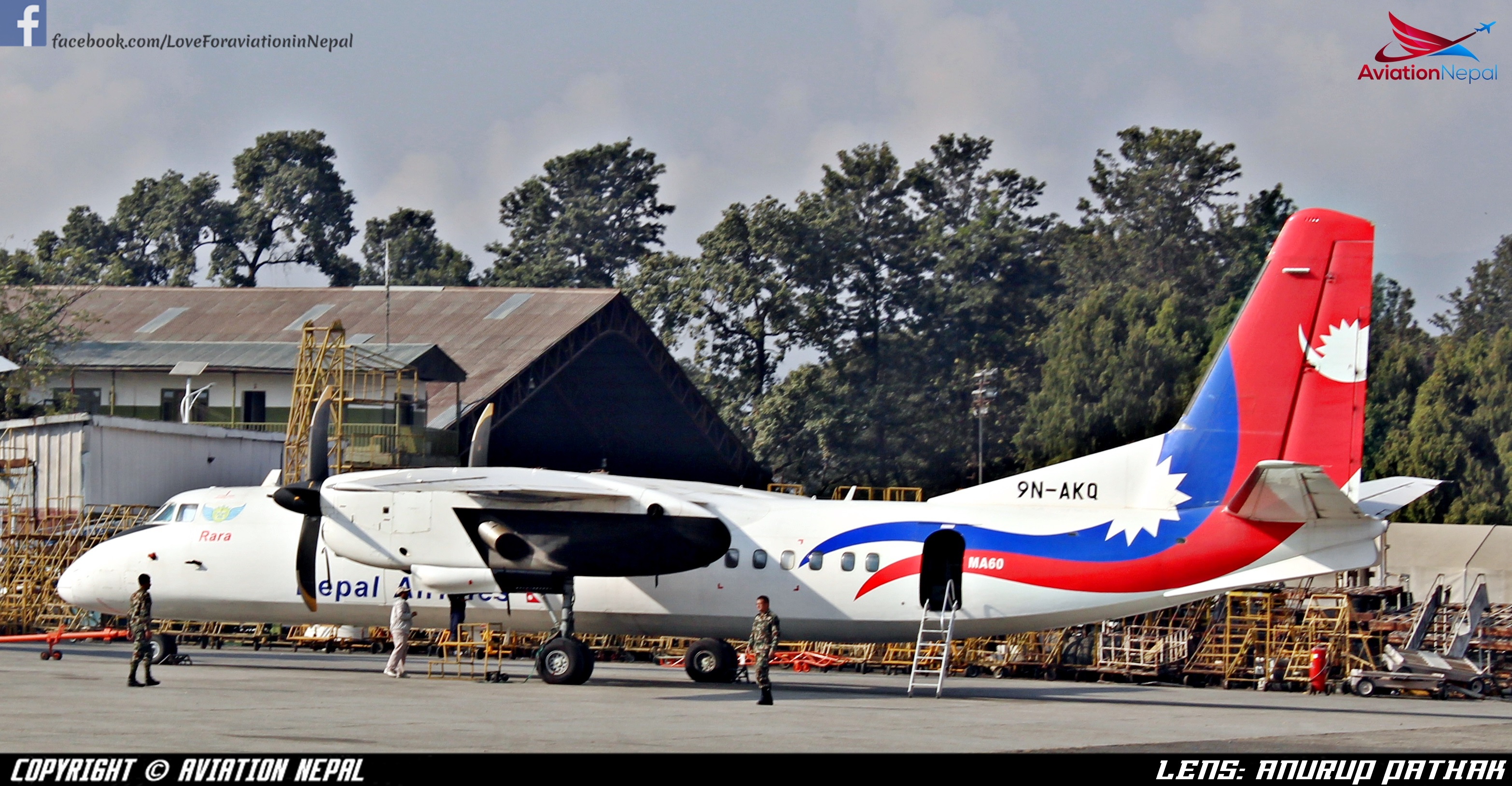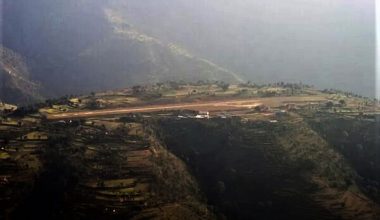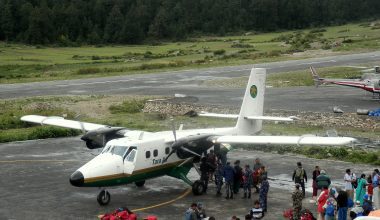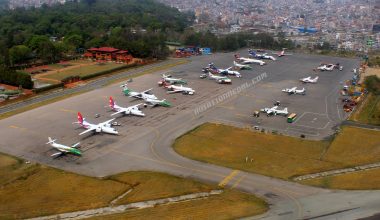
The aircraft that brought losses (Nepal Airlines)
February 2, 2017- Kathmandu
In November 2013, the Cabinet gave approval to the government to sign credit and grant deals with China to obtain six aircraft to enhance the domestic fleet of the national flag carrier among which two were decided to be MA-60 and four of them were Harbin Y12e.
The Xian Modern Ark-60 manufactured by Xi’an Aircraft Industrial Corporation and the Harbin Y12e built by Harbin Aircraft Manufacturing Corporation brought a new hope for Nepal Airlines to outperform the private airliners which have captured most of the Nepalese aviation market.Then, China provided one MA60 and one Y12e worth Rs2.94 billion as gifts.
NAC witnessed the strongest passenger growth after it got supplied the two Chinese-made aircraft in 2014.
Internally, it served Chandragadi, Biratnagar, Pokhara, Nepalgunj, Lukla, etc. summing to 25 destinations and rendering to Tribhuvan International Airport (TIA), Nepal Airlines passenger occupancy on domestic routes heightened 69.87 percent to 34,978 in 2014. But, the aircraft later turned troublesome for the Nepal Airlines Corporation due to costly insurance first-rate spare parts.
MA 60 was exploiting the NAC’s finances since its advent at Tribhuvan International Airport in April 2014, as the 58-seater plane flew not even for a week in a month. NAC has to pledge Rs 2.46 lakh a day for insurance premium for MA 60, while a 17-seater Y12E, which foundered outstandingly on ‘performance’ concerns at most airports with previous known physiognomies, was also stranded time and again due to lack of instructor pilot.
NAC saw less future with the aircraft and the remaining aircraft had to be brought because it was a government to government deal including colossal pressure to acquire all the aircraft as per the loan and agreement worth Rs. 6.67 billion signed with the Chinese government.
Later on the verge of bringing two more aircraft from China, NAC sent its team of technicians and delegates on mid- December to check the aircraft being made for Nepal due to wide condemnation being done on the performance of the aircraft and question aroused about the specifications relating to their capabilities.
The aircraft themselves have faults inside them. Both the aircraft run on load restrictions. The aircraft are unable to carry a full load of passengers on Nepali routes, about which they had not been assured in advance by the Chinese manufacturers and their maintenance parts turned costly.
During their run at the Nepalese sky, the aircraft bared million of losses for the airline company which hassled on the maintenance and constant grounding of the aircraft.
Even though the Y12e aircraft is designed to fly over secluded terrain, it has a regulatory limit, which means the manufacturer has not allotted a certificate permitting it to fly to airfields with a slope of more than 2 degrees.
Due to the regulatory limit, NAC has been employing the Chinese aircraft on only a few sectors like Janakpur, Bharatpur and Pokhara but ironically, it was intended to serve remote mountain airfields like Lukla, Jomsom, Manang, Simikot, Rara, Jumla and Dolpa. But its regulatory limit preordained that it could only fly to airports with an extreme grade of up to 2 percent or about 1.2 degrees of slope.
Question also arises if the management of Nepal Airlines is able to utilize the aircraft that they have been provided at a cheaper rate optimally and there has also been criticism about the degraded ground handling of the airline company which could be indirectly responsible for the disembarking of the Chinese aircraft in a tainted way.
Another of the Y12e has been fetched for the domestic operations along with additional MA-60, named Gauthali and Fewa respectively,this time on the soft loan of Rs. 3.72 billion provided by China’s EXIM Bank with some rudimentary expectations.
Big doubts come in front for the aircraft which has been giving losses for the airline company and their performance mutilate the possibility of the airline company to fly farther in business terms.
The country has been dealing with losses through the profit earned by the international service business. The deal itself seems to be low earner for the government and the airliner. It is still to be encountered the competency of the aircraft which are just brand new while the private airliners are performing far better with their second handed aircraft for years.






